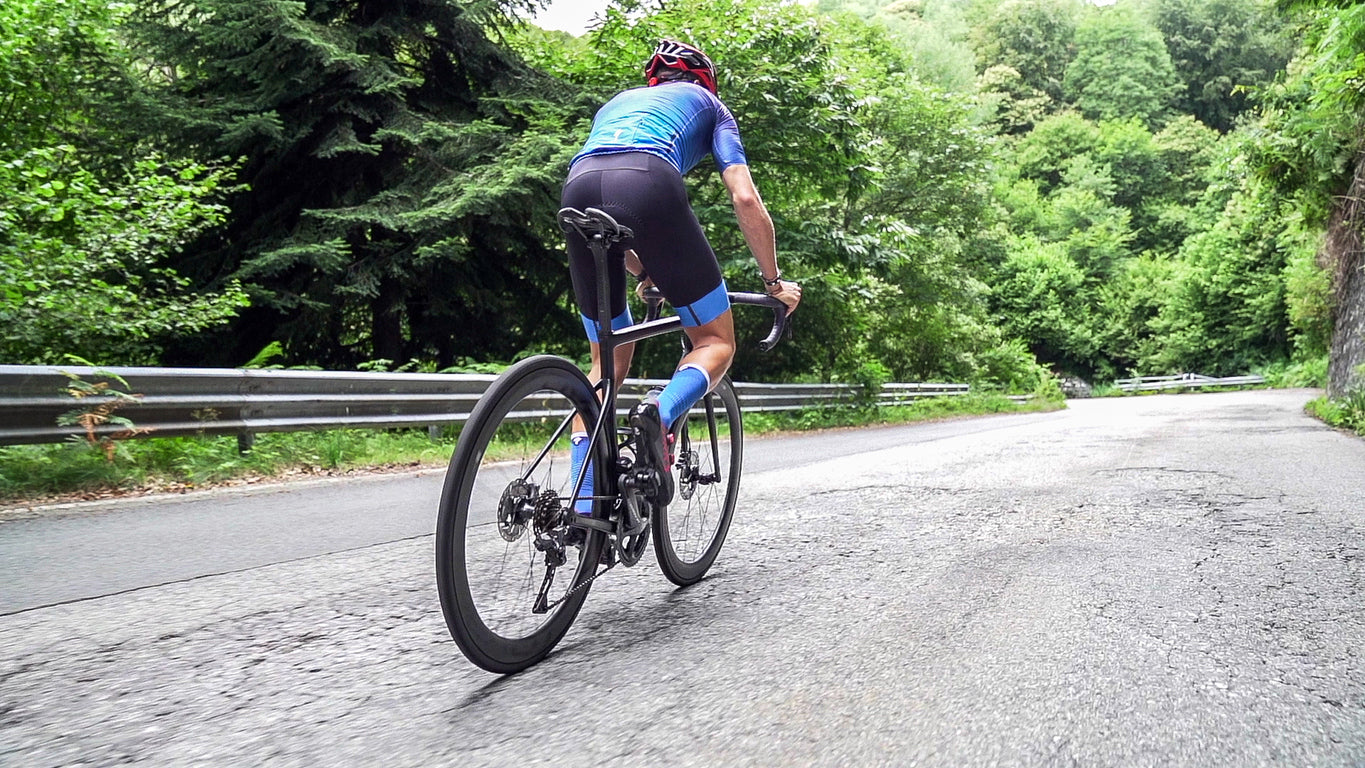How much is my bike worth?

So, you’ve decided you want to sell your bike. You’ve cleaned it, taken photos and uploaded information on everything from components to condition.
That leaves you with just one step to complete your listing: how much do you want to sell your bike for?
This is arguably the most important part of the process, yet it isn’t always the easiest question to answer.
There are many factors that impact the price of a bike, but some are more important than others. Here are a few key things to consider when valuing your bike.
What is the average price for your bike on the second-hand market?
The easiest way to get a ballpark figure on your bike’s valuation is to see what other people have been selling it for on second-hand bike marketplaces, such as MyNextBike. There may be some differences in condition or extra components, but this is a good place to start to give you a rough outline of where you should be.
All of our listings include a bike’s RRP, so sellers and buyers can see what every bike was worth when it was brand new.

Have you added any extra components?
Once you have an outline of the going rate for your bike, you should then consider whether you have added or removed any parts and whether this changes the value. Upgrading wheels or the groupset, for instance, could increase the value of your bike.
When adding a listing, be sure to make it clear that these parts have been upgraded, as many buyers might not immediately notice these changes. At MyNextBike, we ask sellers to inform us of any upgrades or changes to components so buyers know what they are purchasing.
Is it in good condition?
Has your bike been used as a trusty daily commuter or been put through its paces on the trails? If so, it may have some cosmetic or even mechanical damage that you should factor into its valuation. Scratches to paint or dents in frames (no matter how small) can impact a bike’s price and should be showcased on the listing.
How old is your bike?
Did you know that a bike loses roughly 20% of its value as soon as you ride it out of the shop?
Selling your bike within 3-5 years of purchasing it means that it will hold as much of its value as possible. This depreciation then continues over time, as bikes lose value each time a brand brings out a new version of that line.
That being said, there are a few bikes that end up becoming sought after models that grow with value over time. This might be because they are iconic bikes immortalised by professional cyclists, or because they are so rare and sought after that they fall into the premium ‘vintage’ category.
In these instances, older doesn’t necessarily mean cheaper, so if your bike is more than thirty years old be sure to check whether it has value as a collectible.

Servicing
Is your bike creaking its way through the gears or riding like a dream? If your bike is in desperate need of some time in the workshop then this could reduce its value, as buyers will also have to factor this into their costs. This is especially important at the lower end of the market, where a full service may end up costing a quarter of the price of the bike itself.
Likewise, if the bike has recently been fully serviced with new brake pads, chain or upgraded tyres, then mention this in your listing as it could slightly increase the value of your bike.
Extras
Are you selling your bike with a set of mudguards or touring racks? If so, these might increase your bike’s value slightly.
Old technology
Some aspects of bike technology haven’t stood the test of time, so if your bike has rim brakes or 26” wheels this may reduce its value. The same goes for bicycle lines that have little manufacturer support or have been discontinued, as potential buyers may struggle to replace parts if they break.
Customisation
Whilst premium components can enhance a bike’s value, it is also important to bear in mind that some parts can also reduce it – particularly if they are ultra-specific to you. In some instances it may make sense to replace these parts with standardised options to appeal to a wider pool of potential buyers, otherwise it could reduce your bike’s value.
Also, new paint jobs that cover the original paintwork might be exactly to your taste but may not cater to everyone on the market. So, think twice next time before you go for that fluorescent camouflage paint job on your brand new Cervelo…






